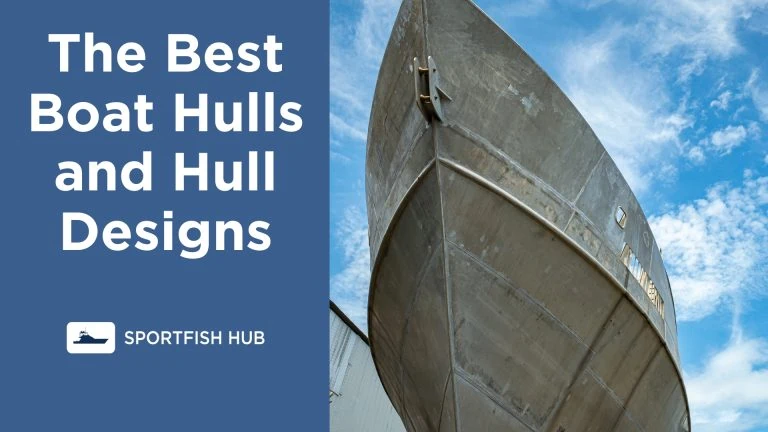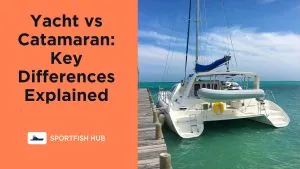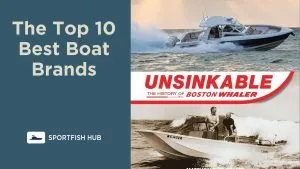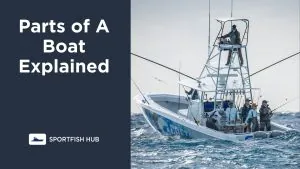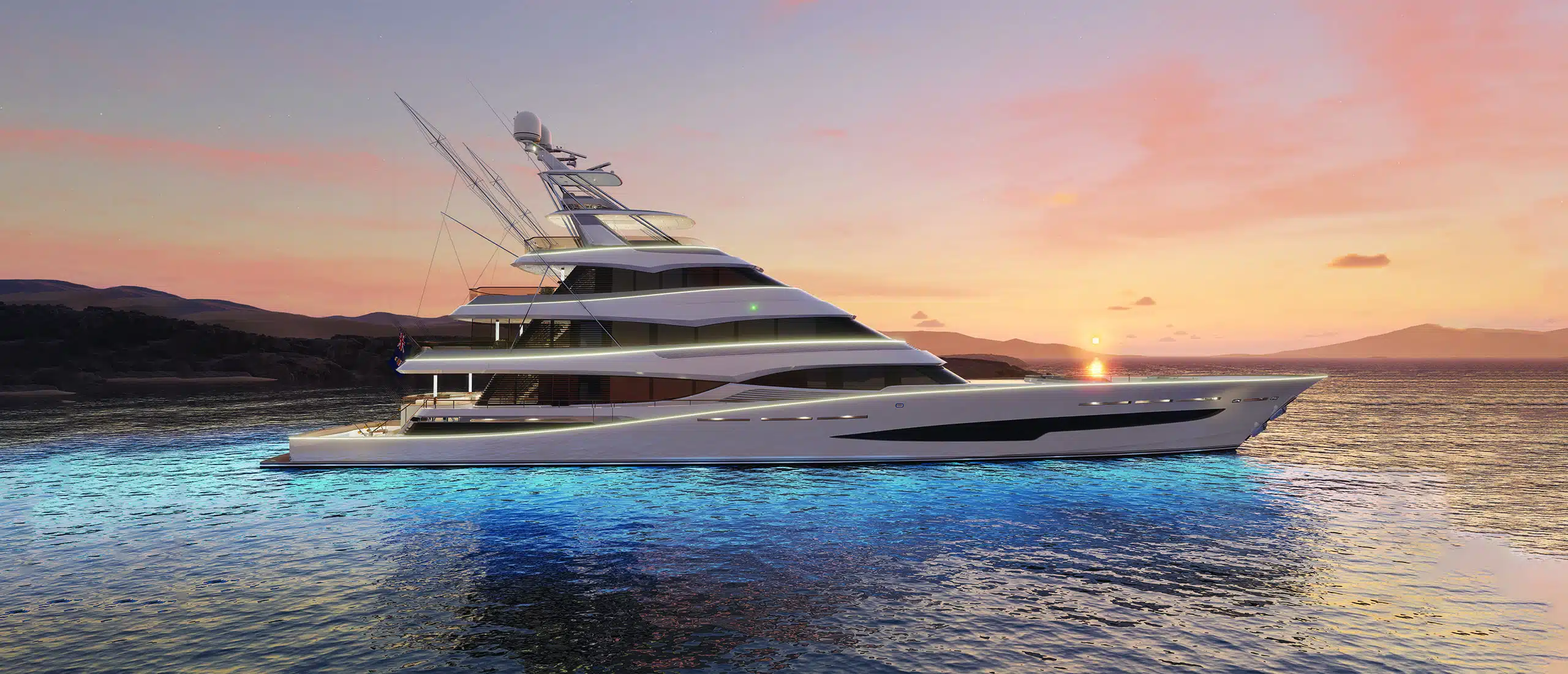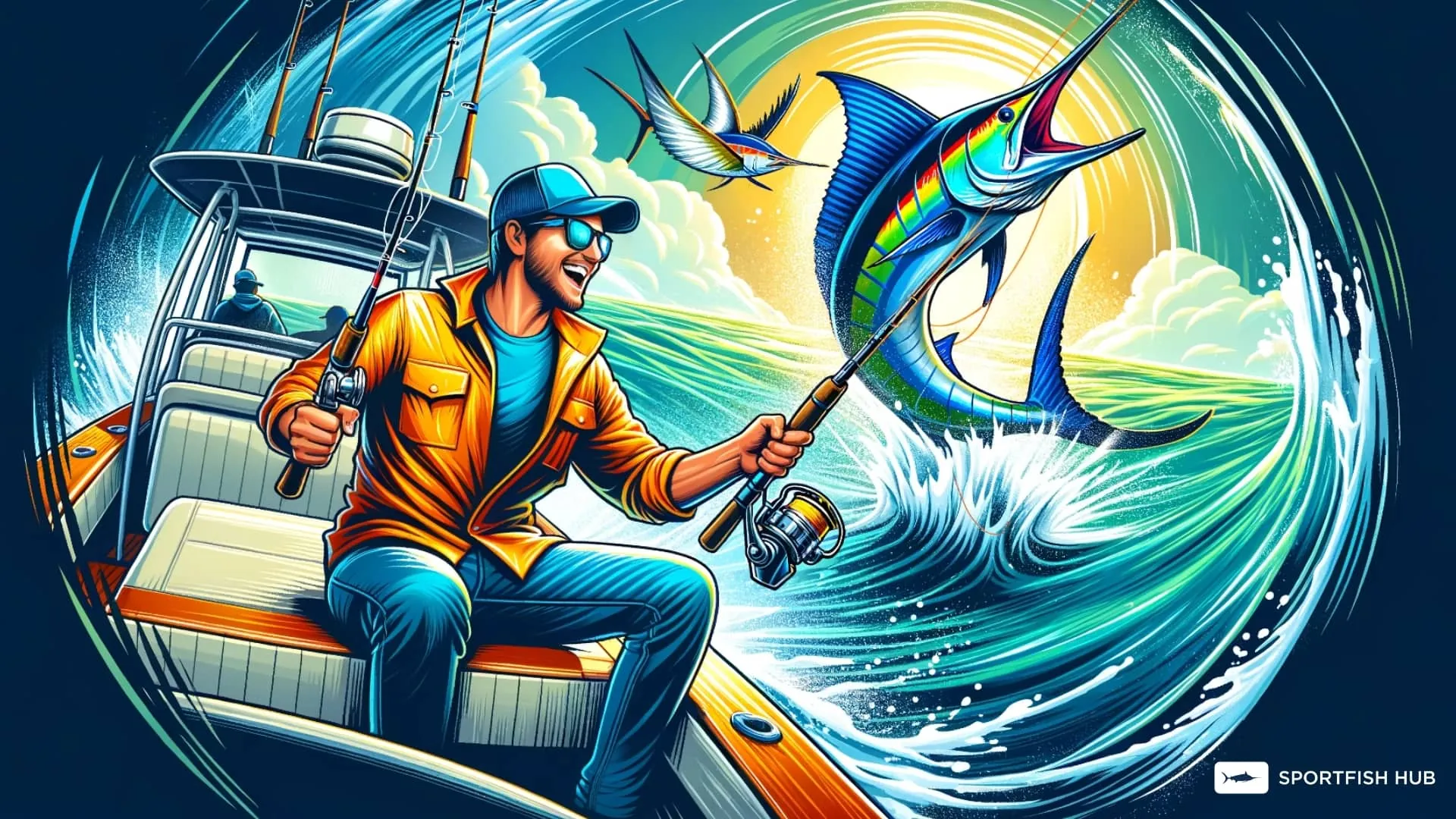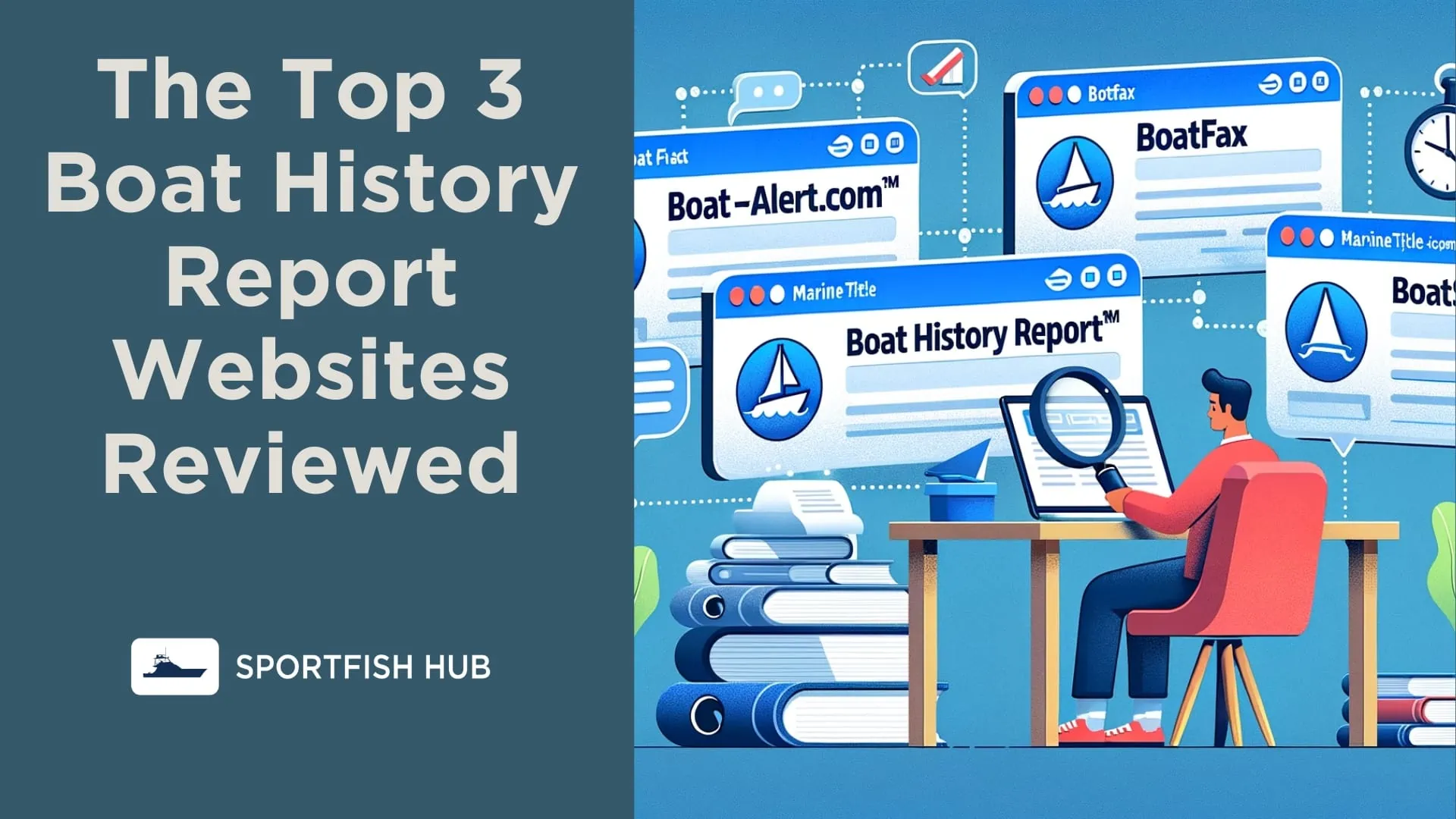When it comes to boating, the hull design you choose can make or break your experience on the water. The hull shape impacts how the boat handles waves, stability, speed, and more. This guide will overview the most popular boat hull types and help you determine the best hull for your needs.
Types of Boat Hulls
There are four main types of boat hulls:
Flat Bottom Hulls
Flat bottom hulls have little to no deadrise (the angle between the hull and water). They are very stable and work well for fishing and recreational boating in calm, inland waters.
Pros:
- Very stable
- Shallow draft
- Efficient planing
- Low cost
- Easy to manufacture
Cons:
- Poor performance in waves
- Limited uses
- Can be porous if not properly sealed
Round Bottom Hulls
Round bottom hulls are curved along the keel line and optimized for displacement. They are common on sailboats and provide a smooth, comfortable ride.
Pros:
- Smooth, efficient displacement
- Reduced drag
- Good load capacity
- Stable cargo platform
Cons:
- Less stable than flats/multi-hulls
- Require stabilizing keels/external ballast
- Slow acceleration and speed
V-Shaped Hulls
V-hulls come to a point at the keel and have varying degrees of deadrise. Deep-V hulls perform well in waves while shallow versions are faster and more efficient.
Pros:
- Balance speed and wave handling
- Versatile use
- Smooth ride in rough water (deep V)
- Fast planing (shallow V)
Cons:
- Require more power than flats/rounds
- Can roll or yaw at rest
- Impacted by improper weight distribution
Multi-Hulls
Multi-hull boats use two or more hulls connected by a deck. Catamarans and trimarans are common examples.
Pros:
- Very stable
- Spacious
- Fast
- Redundancy if one hull is damaged
Cons:
- High cost
- Wide turning radius
- Wave slamming between hulls
- Docking challenges
Pontoon Hulls
Pontoon hulls use two or more aluminum or fiberglass tubes connected by a flat deck. Very stable but limited use.
Pros:
- Extremely stable platform
- Shallow draft
- Lots of deck space
Cons:
- Limited maneuverability
- Low topspeeds
- Not ideal for rough water
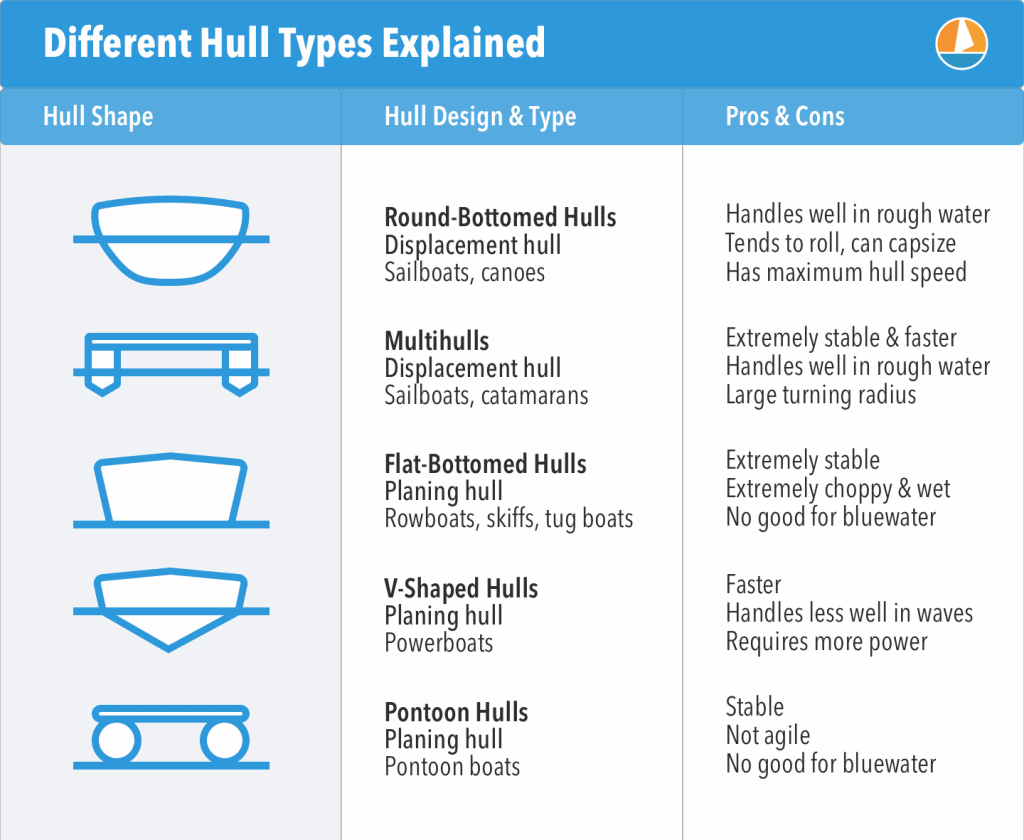
Hull Comparison Table
| Hull Type | Speed | Stability | Wave Handling | Cost |
|---|---|---|---|---|
| Flat Bottom | Fast | Very Stable | Poor | Low |
| Round Bottom | Slow | Unstable | Good | Medium |
| V-Shaped | Medium-Fast | Medium | Good | Medium |
| Multi-Hull | Very Fast | Very Stable | Medium | High |
| Pontoon | Slow | Very Stable | Poor | Low |
Best Hulls by Use
Speed Boats
For high speed boating on calm inland waters, flat bottom hulls offer impressive efficiency and planing performance. For offshore speed, deep-V hulls cut through waves smoothly.
Some top hulls for speed boats:
- Flat bottom catamarans
- Deep-V monohulls
- Flat bottom skiffs
Fishing Boats
Shallow draft flats are great for inland fishing while offshore and sport fishing benefit from the smoother ride of deep-V hulls. Catamarans also work well as fishing platforms.
Recommended fishing boat hulls:
- Flat bottom jon boats
- Modified V aluminum boats
- Shallow V fiberglass boats
- Catamarans and pontoons
Watersports
Modified V-hulls designed specifically for wakeboarding and waterskiing help maximize the sports experience. Look for designs tailored to your sport.
Great hulls for watersports include:
- Wakeboard specific V-hulls
- Barefoot skiing modified V-hulls
- Trick skiing flat bottom hulls
Family Boating
For all-around recreational use, modified-V hulls offer the best blend of speed, stability, and wave handling. Look for a boat sized appropriately for your family.
Hull options for family boating:
- Small modified V runabouts
- Mid-sized deck boats
- Larger cruiser style vessels
Key Factors in Hull Performance
A hull’s design is critical but other elements like weight distribution, engines, keel depth, and trim also impact stability and ride quality. Carefully balance these factors for your intended use.
Other performance considerations:
- Engine height affects running angle
- Propeller size and pitch impact thrust
- Load distribution impacts handling
- Ballast and keel design add stability
Conclusion
Hull design significantly impacts a boat’s capabilities and performance. Evaluate your needs, boating environment, and budget to select the ideal hull for the experience you want. Modified V and multi-hulls provide the most versatile options for general use. Consider your priorities and choose wisely!

